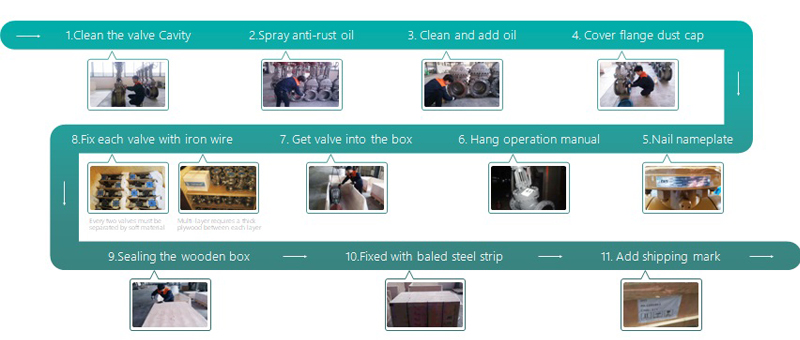Payment:
30% T/T When Order, 70% T/T Before ShipmentProduct Origin:
ChinaColor:
CustomizationShipping Port:
Shanghai ChinaLead Time:
35~60 days Ex Works After Order ConfirmationMaterial:
Stainless Steel Gate ValveMethod of Operation:
Manual Gate Valve, Handwheel Gate Valve
Design Specifications
Design and Manufacture: DIN 3352
End to End Dimension: DIN3202
Flange End: EN1092-1
Test & Inspection: EN12266-1/2
Design Feature
-Full Bore Design
-Superior flow rates & small friction loss
-Low torque value for closing and opening the valve
-Flexible wedge for better seating and ease of operation
-Smooth finish and superior sealing for seat face
-Every valve is manufactured with specific number on body for traceability
Quick Detail
|
Type |
Gate Valve |
|
Size |
DN 200 |
|
Pressure |
PN 16 |
|
Construction |
Bolted Bonnet, Rising Stem, Outside Screw and Yoke |
|
Connection |
Flange Connection |
|
Operation |
Handwheel |
|
Body Material |
Stainless Steel CF8M |
|
TrimMaterial |
Stainless Steel |
|
Temperature Range |
-268℃~+648℃ |
|
Medium |
Water, Oil and Gas |
|
Origin |
China |
Dervos Packaging
Packaging is an important part we could never neglect. Dervos has a packaging process for each order to ensure a safe and clear delivery of the order.

If you are interested in our products and want to know more details,please leave a message here,we will reply you as soon as we can.